“The inability to relocate traditional solar arrays once they are installed has been a major barrier to solar investment in some of our property assets,” says Steve Ford, Head of Sustainability and Energy at GPT Group, which owns and manages a $24 billion portfolio of commercial property across Australia.
Ford echoes the reticence of thousands of businesses to invest in solar installations with a lifetime of at least 25 years when their lease may be much shorter, or they have plans for site redevelopment, or any of a swarm of other legitimate concerns. Solpod opens new flexible opportunities and business models that can overcome commercial caveats to solar uptake.
The prefabricated 5 kW Solpods are each made up of a premium 72-cell solar panel currently manufactured by Chinese company, JA Solar. Framed and raised on legs at an angle that promotes self cleaning, the panels are installed by crane and affixed to roofs using adhesive in a process that takes as little 10 minutes per pod.
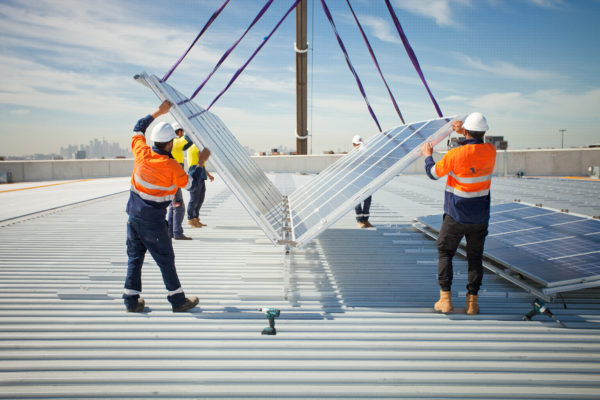
Image: Solpod
A commercial-scale installation of Solpods takes a few days to achieve generation, rather than weeks, and is non-invasive (no drilling or clamping) to existing infrastructure.
The Australian Renewable Energy Agency (ARENA) recognised the potential for Solpod to “help accelerate solar PV innovation … providing a cost-competitive alternative to standard methods of fixed mounting”, says ARENA CEO Darren Miller.
The agency has provided $975,000 in funding for a 25-site demonstration program of Solpod installations. Some have already begun generating; other installations across NSW and Victoria are scheduled for completion this year.
In total 2.5 MW of Solpod solar PV will be mounted at sites including 10 GPT properties — such as its Highpoint, Parkmore and Norton Plaza shopping centres — and on 10 NSW Government properties managed by Property NSW.
“Working with ARENA is a rigorous process that definitely made us better,” says one of Solpod’s founders and now CEO, James Larratt. “It’s much more than funding. As the founders of Energy Matters, we’d each been in the solar industry for at least a decade, but ARENA’s input has been invaluable,” he told pv magazine.
As a veteran of the PV industry in Australia, Larratt had often encountered the barriers to getting rooftop solar onto ideally situated commercial roof expanses, and has long been considering a solution.
In 2017, he and his partners decided the Solpod concept of “mobile”, easily redeployable large-scale solar generation was worth pursuing. He’s grateful that large established companies such as GPT and ERM Power were prepared to work with them through start-up stage and to bring the product to market.
Customers can choose to buy a Solpod system outright, or choose an energy solution, such as a Solpod lease or power-purchase arrangement through energy retailer ERM Power.
In a statement issued today, ERM says it expects 500 kW installations for logistics and industrial sheds to become the most popular commercial set up in the near future, and predicts that Solpod could double the uptake of 100 kW to 5 MW commercial systems in Australia, helping to boost the 113 MW achieved in 2018 to 250 MW by 2021.
“Solpod’s innovation in commercial solar installation is groundbreaking,” says ERM Power CEO Jon Stretch. “Large-scale industrial operators can purchase the Solpods or lease them and enjoy the benefits of significantly lower solar installation costs, slash their power bills and have the ability to take the installation with them at any time in the future.”
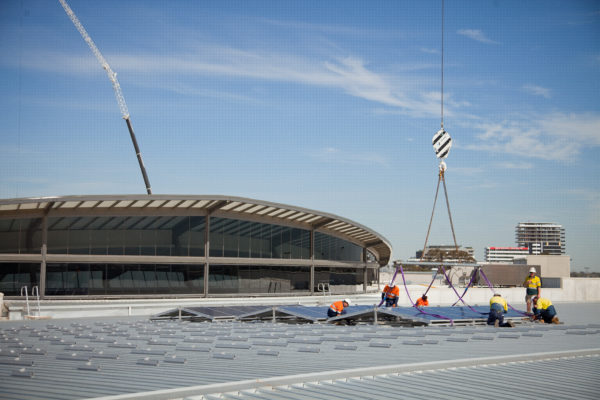
Image: Solpod
The low cost of Solpod relocation could also create a secondary market for its commercial solar systems.
Such new models of providing solar power mean “businesses can benefit now from rooftop solar without having to make long-term commitments to the property”, says Larratt, and it reduces their exposure to technology that they feel may become outdated in five or 10 years.
Larratt foresees models similar to our purchase-by-plan of fast-moving mobile phone technology, or the subscription models of computer software that entitle users to upgrades as they are developed.
Produced in Melbourne, Solpod will initially create 10 manufacturing jobs, and both Larratt and ERM Power are determined to keep the company’s intellectual property in Australia, but Solpod has already factored global sales into its business plan.
“We’re definitely looking at overseas markets,” says Larratt, “and the reason we can go there with confidence is that Australia has one of the biggest, most competitive, most efficient rooftop solar markets in the world. If we can get this up here, it’s really got global opportunities.”
This content is protected by copyright and may not be reused. If you want to cooperate with us and would like to reuse some of our content, please contact: editors@pv-magazine.com.
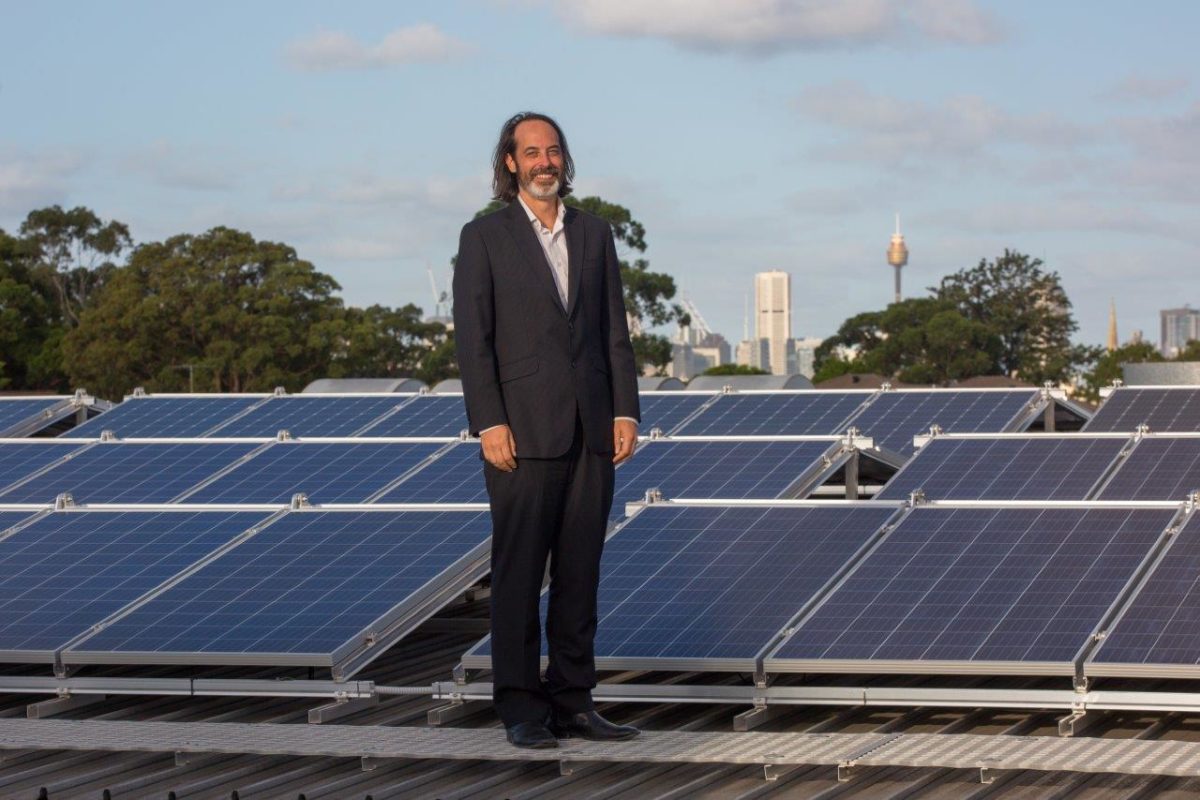
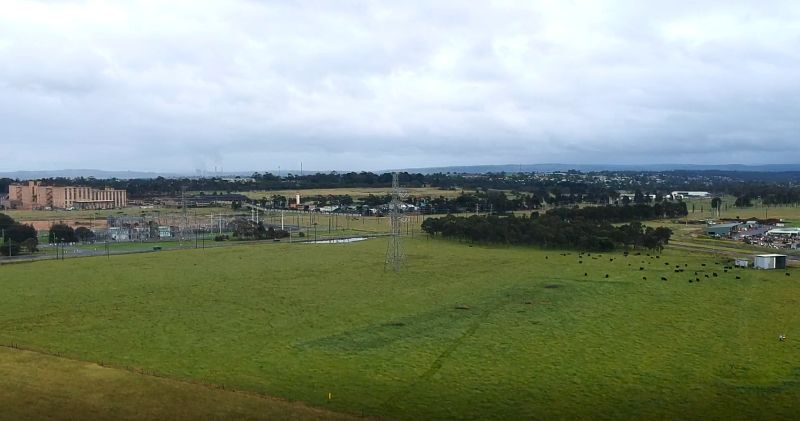


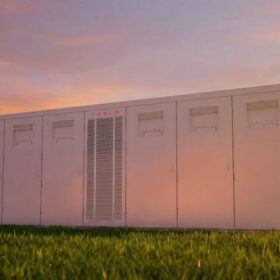

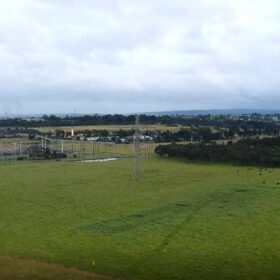
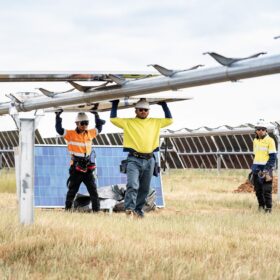
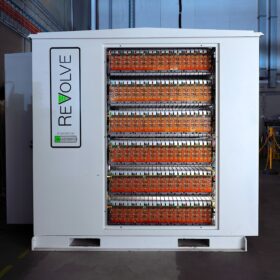
Thank you for the elaborated content, I will share your article with my friends. The details you have mentioned in your article is very helpful and easy to understand and implement. Thank you for this wonderful blog.
Your article was readable, keep sharing things like that.